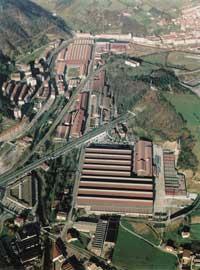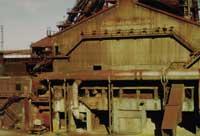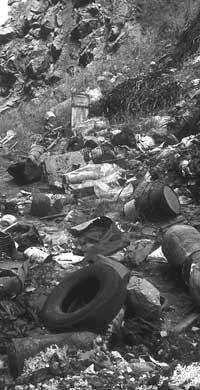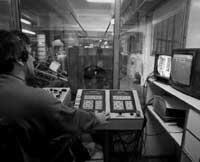Environmental management in the company
1998/01/01 Etxaide, Maider Iturria: Elhuyar aldizkaria
Currently, the environment is a competitiveness factor closely linked to the concept of quality and environmental management has become a strategic area of company management. Environmental management is a strategic global concept that allows identifying, evaluating and controlling the environmental risks of the company, as well as detecting the failures and deficiencies of the production process and seeking alternatives.
Different environmental inspection systems on the market

The environmental management system is defined as the concrete way in which environmental management is carried out in a particular workplace, a company line or a sector. The implementation of an environmental management system involves the incorporation of environmental criteria in the overall management of the company. A company located in the Autonomous Community of the Basque Country or Navarra could opt for three models of systems: the international one, established by ISO 14.001; the European Ecomanagement and Ecoaudit System (EMAS), introduced by Community Regulation 1.863/1993; and the European Ecoaudit System (UNE 77-801/94).
The implementation of an environmental management system in these three quarters is voluntary and these three establish strict conditions for the company, continuously improving its environmental behavior. However, the company that adheres to any of these systems is not obliged to enter the path of clean production, since these systems only force mere compliance with the standards, so they do not promise to replace hazardous substances or production systems.
In order to unify all these systems, the European Standardization Commission (EC) developed the European standard of environmental management systems, maintaining the international standard ISO-14,000. Thus the UNE-EN-ISO standards were born. These are no obstacles for the company that has already acquired the UNE system. Moreover, if a company has implemented its environmental management system according to UNE 77.801, it can directly obtain both certifications simultaneously.
On the other hand, companies that will obtain the certification of their environmental management system according to EN ISO-14001 must meet the requirements specified in the bridge document prepared by EN to be registered in the community system.
Selecting between systems
Among all the systems there are quite a few differences that will offer enough arguments for the company to choose from. For example, the European Regulation establishes the initial assessment, while the ISO and UNE standards do not require it. Standard 1863/93 is exclusively adapted to industries. Others, for any company.

The EU standard requires an annual environmental declaration and the rest of the rules establish only the obligation to conduct an annual audit conducted by the certifying entity and based on the internal audit of the company.
In general, companies that adhere to the European Union system will have to meet stricter requirements and have to make a greater effort than those that rely solely on other regulatory systems. According to this, the use of the European system seems disadvantageous. On the contrary, this will offer a greater guarantee to the environmental management system of the company and, therefore, it would unreservedly strengthen its reputation.

Gai honi buruzko eduki gehiago
Elhuyarrek garatutako teknologia





